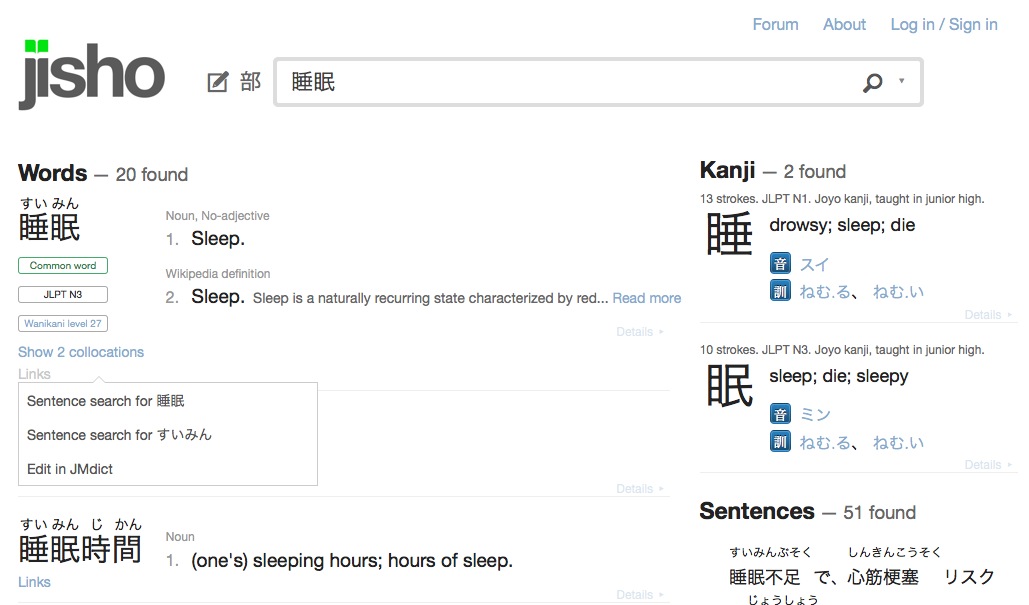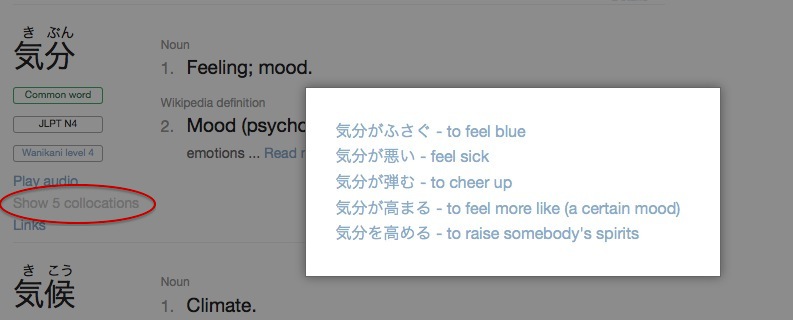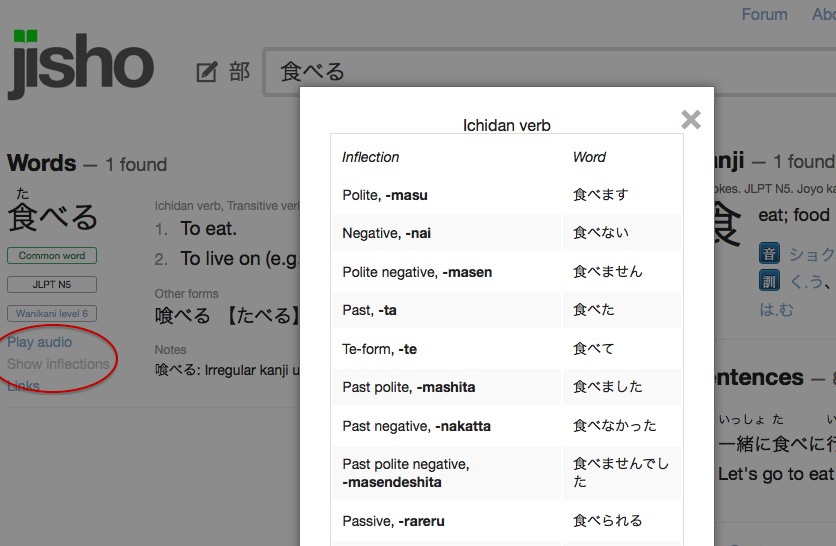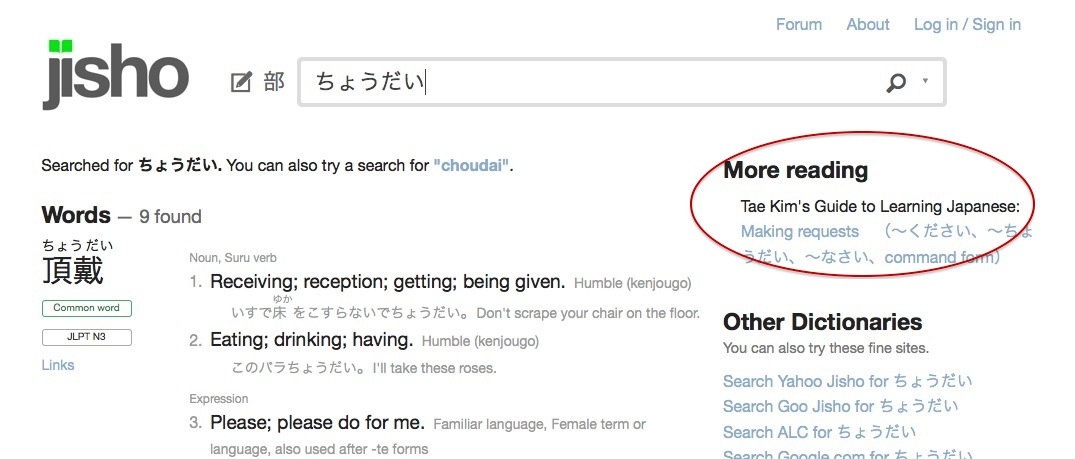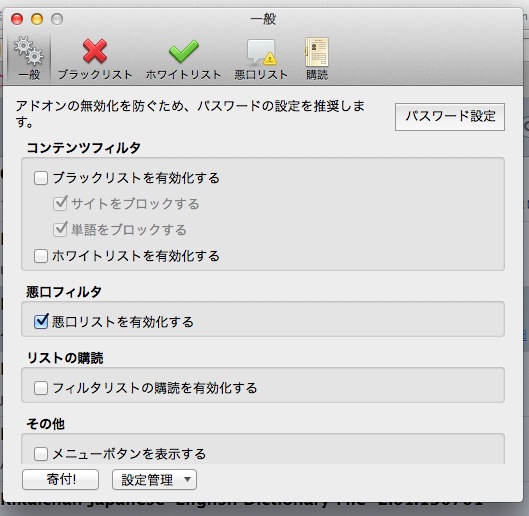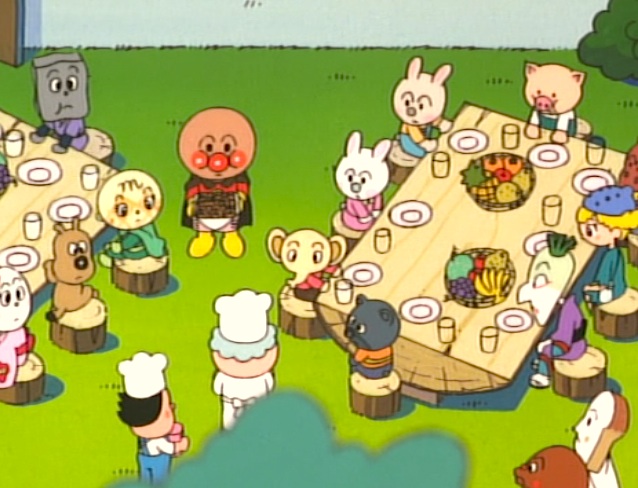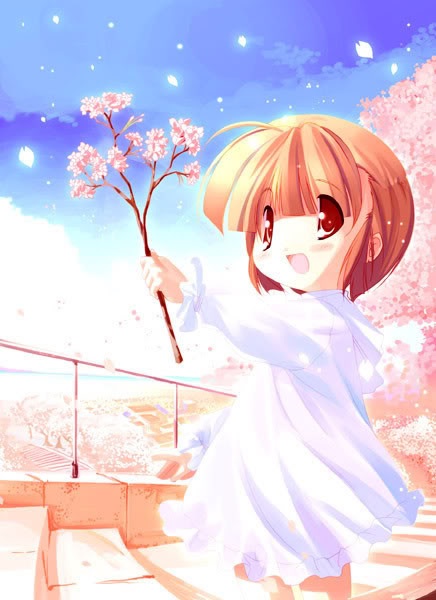Habit RPG literally makes a game out of time management. This can be important for Japanese learners who have a problem managing their time and getting Japanese-related tasks done, as well as co-ordinating them with other tasks.
I have tried various ways to manage my time with very little success, but Habit RPG has really revolutionized the way I use my time and its effectiveness in working on Japanese. Partly that is because I understand games better than I understand practicalities. But also it is because with Habit RPG I am can be part of a group with Japanese Adventurer friends.
Kawaii Japanese has its own Guild (Japanese Deep Cave Adventurers) on Habit RPG. Everyone is welcome to join it and (optionally) take part in our Guild Challenges and talk about Japanese learning in Japanese. Don’t worry if your level is low. If you just want to pop in and say こんにちは you are more than welcome.
A thing one notices about the Internet is that it is full of Japanese learners blathering endlessly about Japanese in English. Now some things do need to be explained in English, but actually using Japanese, even at a low level, is crucial. Studying Japanese textbooks and even watching anime/playing games is of limited value if the minute you stop doing that you go straight back to “the real language” – English – for actually communicating and receiving communication. Japanese has to become the real language, at least for part of your life.
It is important to begin using – not just learning or practicing – Japanese as early as possible in your Japanese adventure.
This is the key to how we at Kawaii Japanese (and our guild on the game itself) use Habit RPG. The guild communicates only in Japanese (it is mostly quite simple and you can and should use Rikaichan as much as you need) and we encourage using the time management system to increase Japanese activity. Some of us actually have 不要な英語 – unnecessary English – as a bad habit that loses hit points.
So, let’s look at Habit RPG itself:
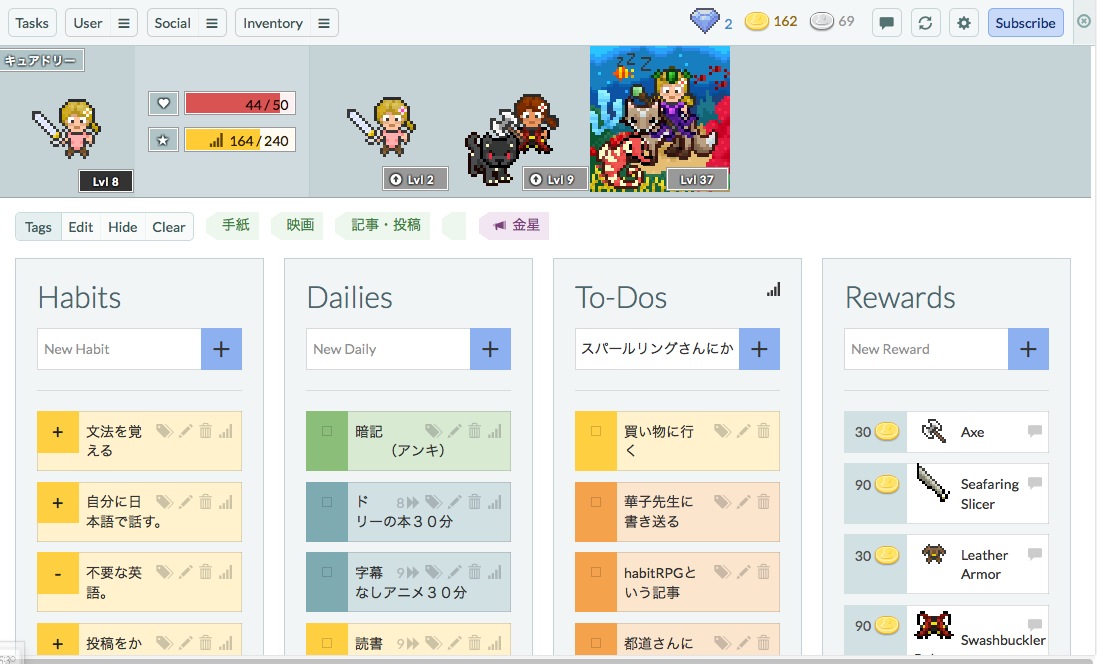
I am told by a friend who has considerable experience of task-managers that Habit RPG is one of the better ones even aside from the game aspect. It divides “tasks” into three kinds:
・Dailies (things you should do every day and lose hit-points if you don’t).
・Habits – things you should be trying to do, or not do, or do one way rather than another.
・To dos – a simple to do list.
You can also filter these – for example I have filters (tags) for articles and posts, mails and letters I should be writing etc. I am not well-organized and my system is pretty rudimentary as yet, but it does help even me to find things.
At the top you see your own avatar and those of your party. You earn gold and experience for completing tasks and lose hit points for not completing or for doing bad “habits” (unnecessary English, for example, or flipping peas across the dinner table).
There is much more to the game than this, and more and more gets unlocked as you level up. You can use your gold to buy equipment, pets and mounts become available, eggs hatch. There is a real sense of playing a game, especially with a party or Guild or both.
Here is a look at the Kawaii Japanese guild:
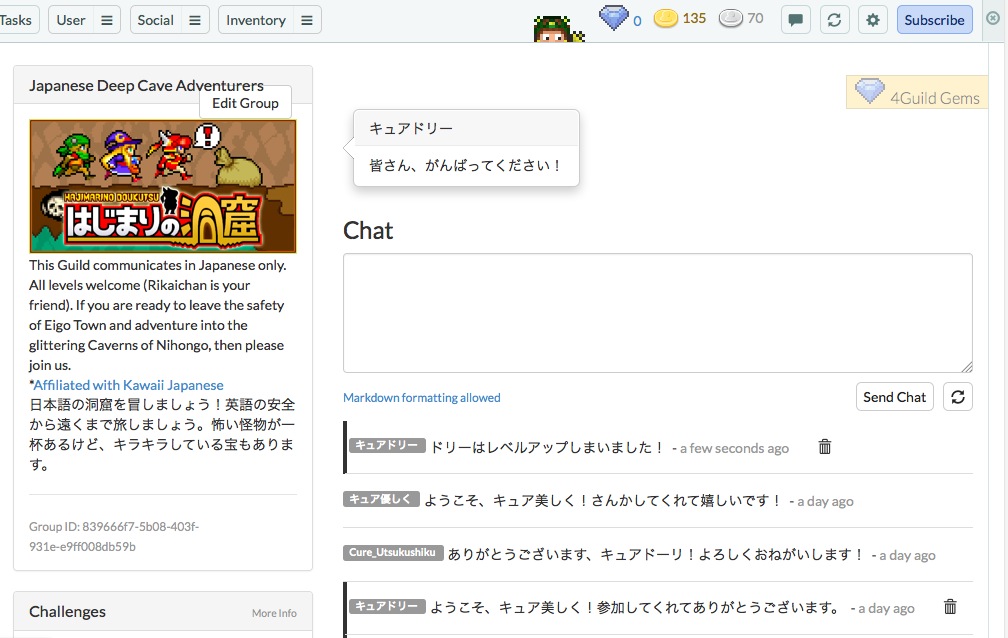
The Guild issues challenges and is a place for chat, interaction, discussion and recommendations. Among other things it is a good place to practice using a little Japanese and a source of support and encouragement on your Japanese adventure.
If you sign up for Habit RPG you should then go to Social > Guilds and type in “kawaii” (or 日本語)and find us. Please don’t be shy or worried about your Japanese. We are all learning, and making mistakes is how one progresses. Using Japanese from an early stage is of great importance. It is a very different thing from just practicing Japanese. Actually communicating things (however small) that you actually want to communicate and learning things you want to learn. And it is good to have a friendly environment to try it in – as well as one that uses reasonably simple Japanese and is friendly and gentle.
It is also a place to discuss recommendations for Japanese games, books, anime and other “immersion materials” – i.e. the culture of our Japanese life.
There are only a few things I would say have actually changed my life and Habit RPG is one of those few – largely because I am very poor at managing my time and have never gotten on at all well with “serious” time management software. I am definitely more productive both in Japanese and other areas as a result of Habit RPG. This is a lot to do with its game aspect and also its social aspect. It has allowed me to make my work into a game I share with Japanese-using, like-minded friends.
Cons: The two main cons about Habit RPG are:
• It does not handle monthly tasks well (it is fine with weeklies). That doesn’t affect me but is a drawback for some folks.
• It is not available in Japanese. There are several languages available and at the time of writing a Japanese translation is said to be 65% complete. We encourage people to enter tasks, tags etc in Japanese only, though of course that is up to you. If you do that and join the Guild you will be working in a largely-Japanese environment.
Neither of these is a major drawback (unless monthlies are super-important to you), and Habit RPG is well worth a try.

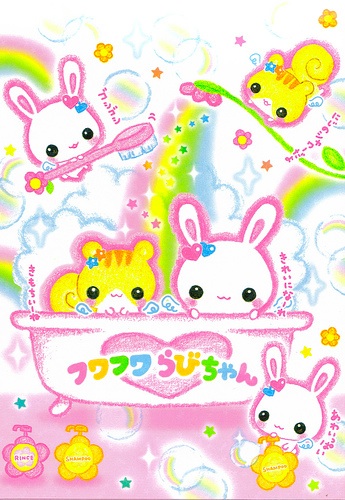
 I am Not an Eel was Cure Dolly’s first step in revolutionizing our understanding of Japanese. It now appears as Chapter 2 of
I am Not an Eel was Cure Dolly’s first step in revolutionizing our understanding of Japanese. It now appears as Chapter 2 of 
